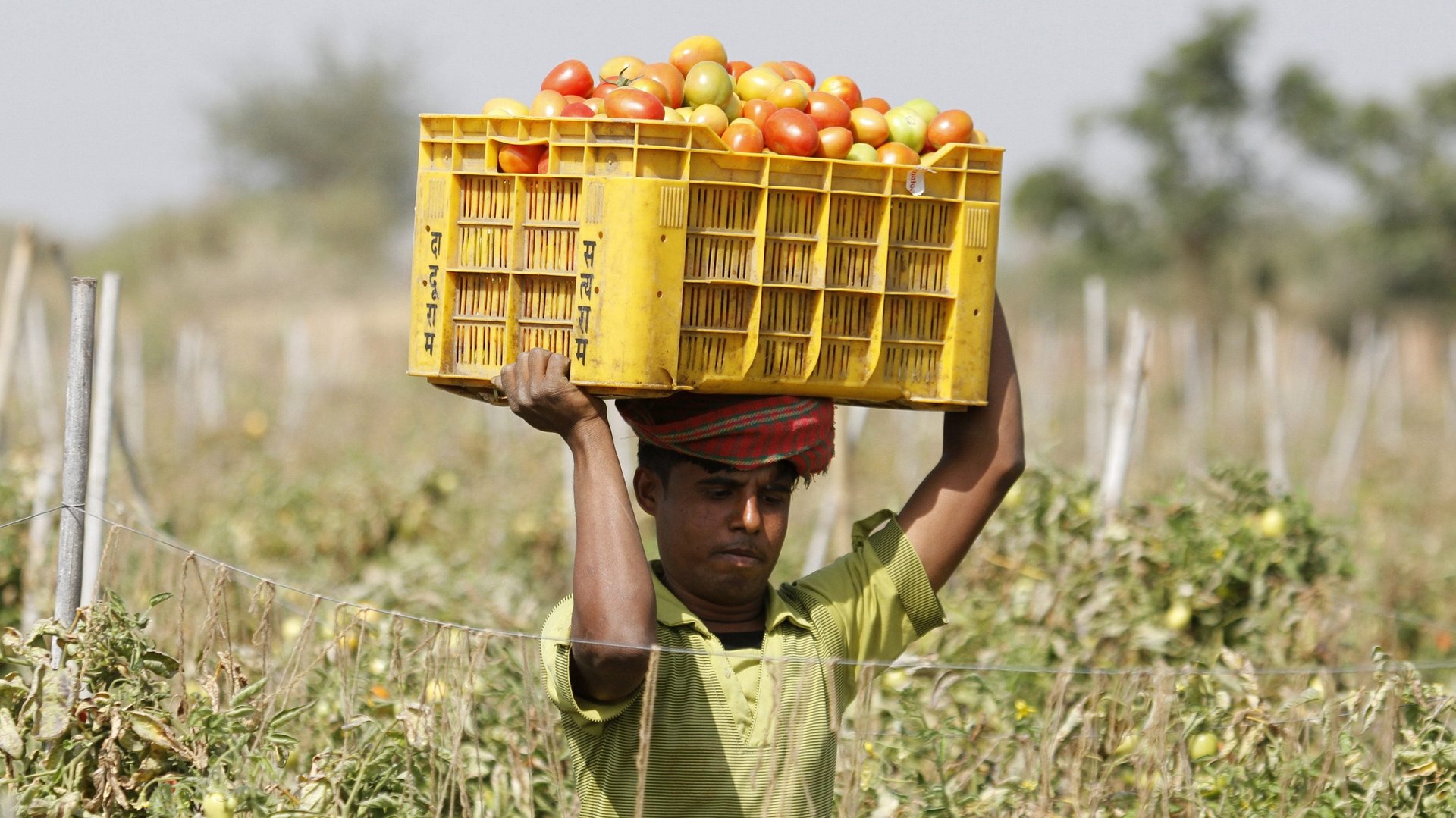India’s central bank may have failed in its duty to control inflation
The Reserve Bank of India (RBI), in all certainty, will have to write a letter to the government in October, explaining its failure to hold inflation within the mandated target range of 2%-6%.


The Reserve Bank of India (RBI), in all certainty, will have to write a letter to the government in October, explaining its failure to hold inflation within the mandated target range of 2%-6%.
On June 8, the RBI’s monetary policy committee (MPC) increased its repo rate by 50 basis points to 4.90%. This followed a surprise 40-basis-point hike in May (one basis point is a hundredth of a percentage).
Many advanced economies have tightened their monetary policy following a spike in international prices of fuel, food, and other commodities. This was primarily caused by global supply chains being cut in the wake of the Russia-Ukraine war, compounded by lockdowns in China.
In April, India’s consumer price index-based inflation skyrocketed to 7.79%, and May’s figures are expected to be 7.50%, well above the RBI’s tolerance band. Consumer inflation has consistently remained above the upper limit of 6% in 2022.
RBI’s defeat against rising price pressures
In its review, the RBI’s monetary policy committee raised its inflation projection to 6.7% for the current fiscal year, from 5.7% estimated in April and 4.5% in February.
“The upside risks to inflation as highlighted in the April and May 2022 policies have materialised earlier than anticipated—both in terms of timing and magnitude. There are growing signs of a higher pass-through of input costs to selling prices,” RBI governor Shaktikanta Das said (pdf).
These estimates are derived on the basis of the assumption that India’s crude oil basket remains at $105 a barrel. They show that the headline retail inflation will average more than 6% in all four quarters of 2022, breaching the mandate when the CPI data for September is released in October.
Under the law, this is legally considered a failure on RBI’s part. The central bank must, under such circumstances, submit a report to the centre, citing reasons for the failure and a corrective plan.
While the repo rate has already been increased by 90 bps in the current fiscal year, it takes time to make a difference in the economy.
“…policy tightening acts with a 6-8 month lag. Therefore, actions taken now are unlikely to materially affect the likelihood of target failure in the near future,” Suyash Choudhary, head of fixed income at IDFC Asset Management Company said in a note.
Working towards lower inflation in 2023
While the RBI may not avoid failure this year, it is rather working towards reining inflation to acceptable levels starting 2023, with up to 75 bps more cumulative hikes expected by December.
“By hiking rates now, RBI and MPC are paving the way for inflation to come down next year. This would also be the argument of the RBI, that today’s rate hikes are with an eye on lowering future inflation,” A Prasanna, chief economist at ICICI Securities Primary Dealership, told Moneycontrol.
The RBI’s inflation estimates, however, are still optimistic, according to some economists.
“…don’t think inflation has peaked yet and will remain above 6% in all quarters of FY (financial year) 23, averaging 7.2% in FY23, with risks skewed to the upside,” a report by Nomura Global Markets Research stated.